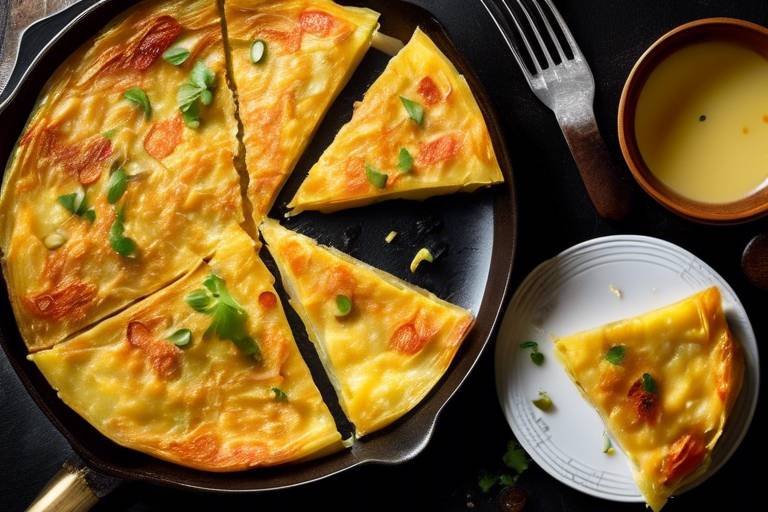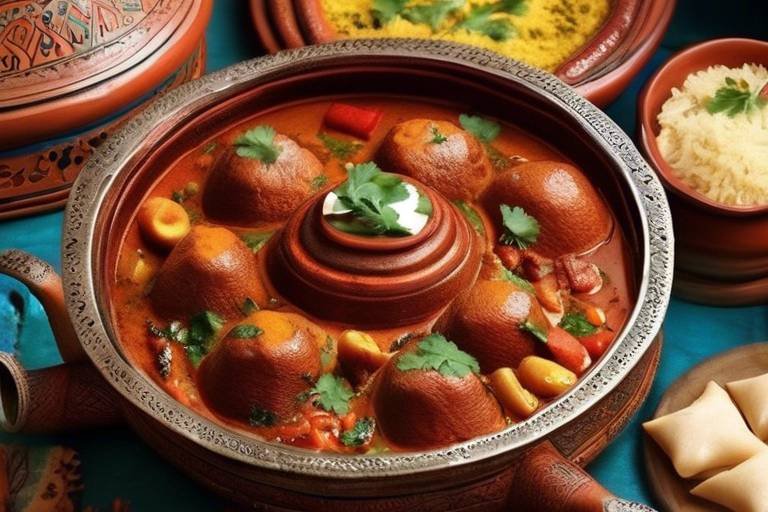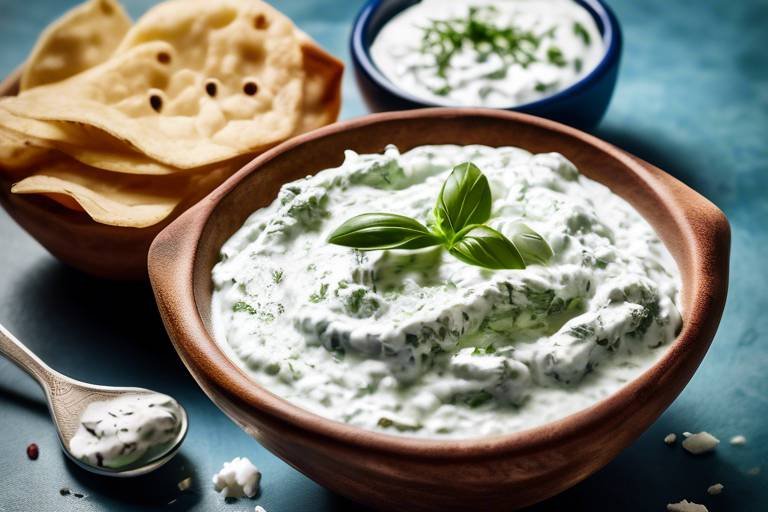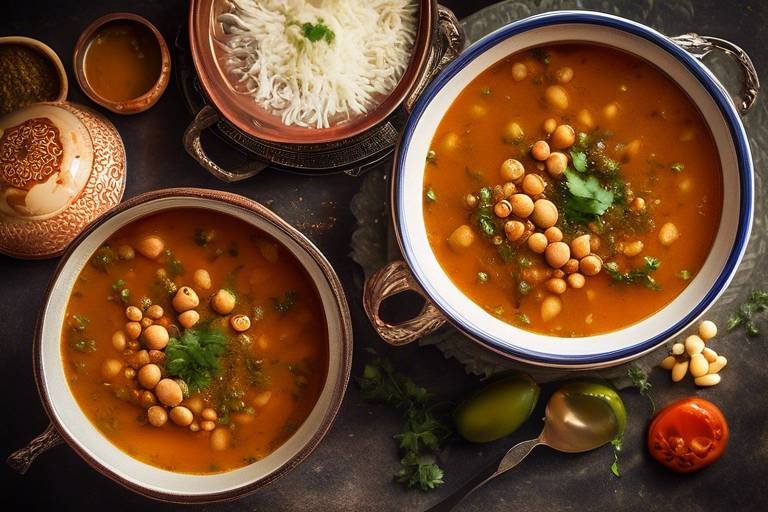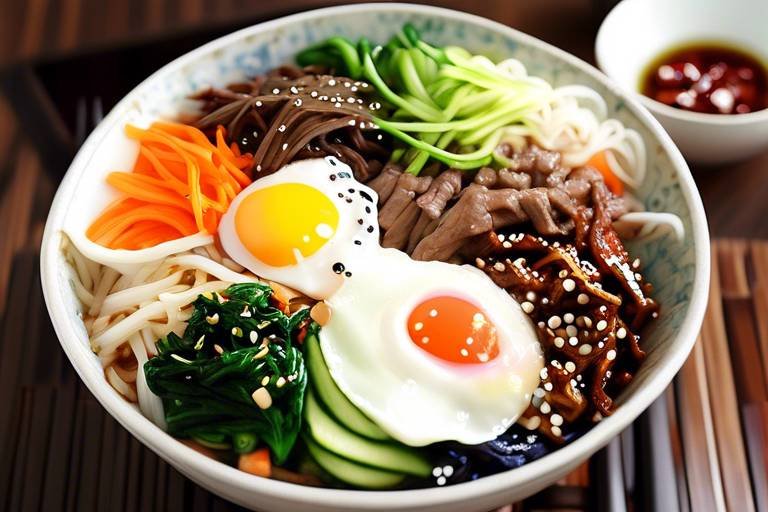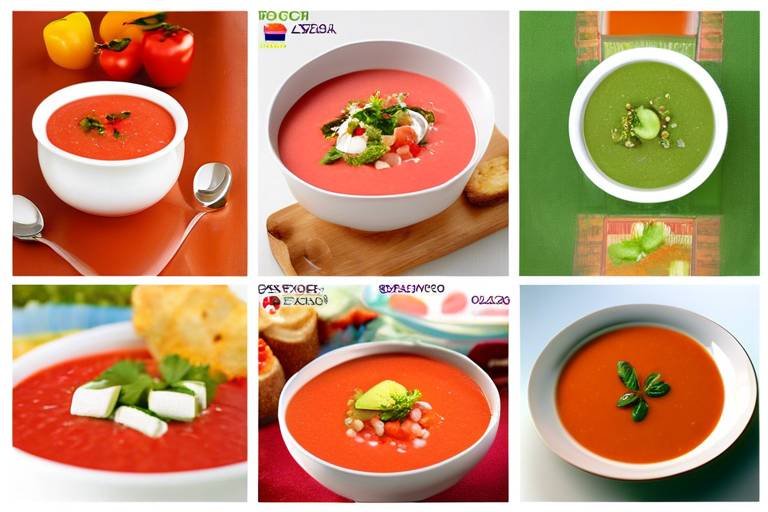How to Enjoy Classic Spanish Tortilla
When it comes to enjoying a classic Spanish tortilla, you are in for a treat that will tantalize your taste buds and transport you to the vibrant streets of Spain. This iconic dish, known for its simple yet rich flavors, is a staple in Spanish cuisine and a favorite among food enthusiasts worldwide. Whether you are a seasoned cook or a novice in the kitchen, mastering the art of making a Spanish tortilla will surely impress your family and friends.

History of Spanish Tortilla
The dates back to the 19th century, where it originated in the northern regions of Spain. Initially known as "tortilla de patatas," this iconic dish was created out of necessity by humble Spanish housewives. With just a few simple ingredients like potatoes, onions, and eggs, they were able to craft a hearty and flavorful meal that has stood the test of time.
Over the years, the Spanish tortilla has evolved to become a beloved staple in Spanish cuisine, enjoyed by people of all ages across the country. Its versatility and comforting flavors have cemented its place as a go-to dish for gatherings, celebrations, and everyday meals.
While the exact origins of the Spanish tortilla remain somewhat shrouded in mystery, its cultural significance is undeniable. It represents the heart and soul of Spanish cooking, embodying the warmth and hospitality of the Spanish people. Regional variations of the dish can be found throughout Spain, each offering a unique twist on the classic recipe.
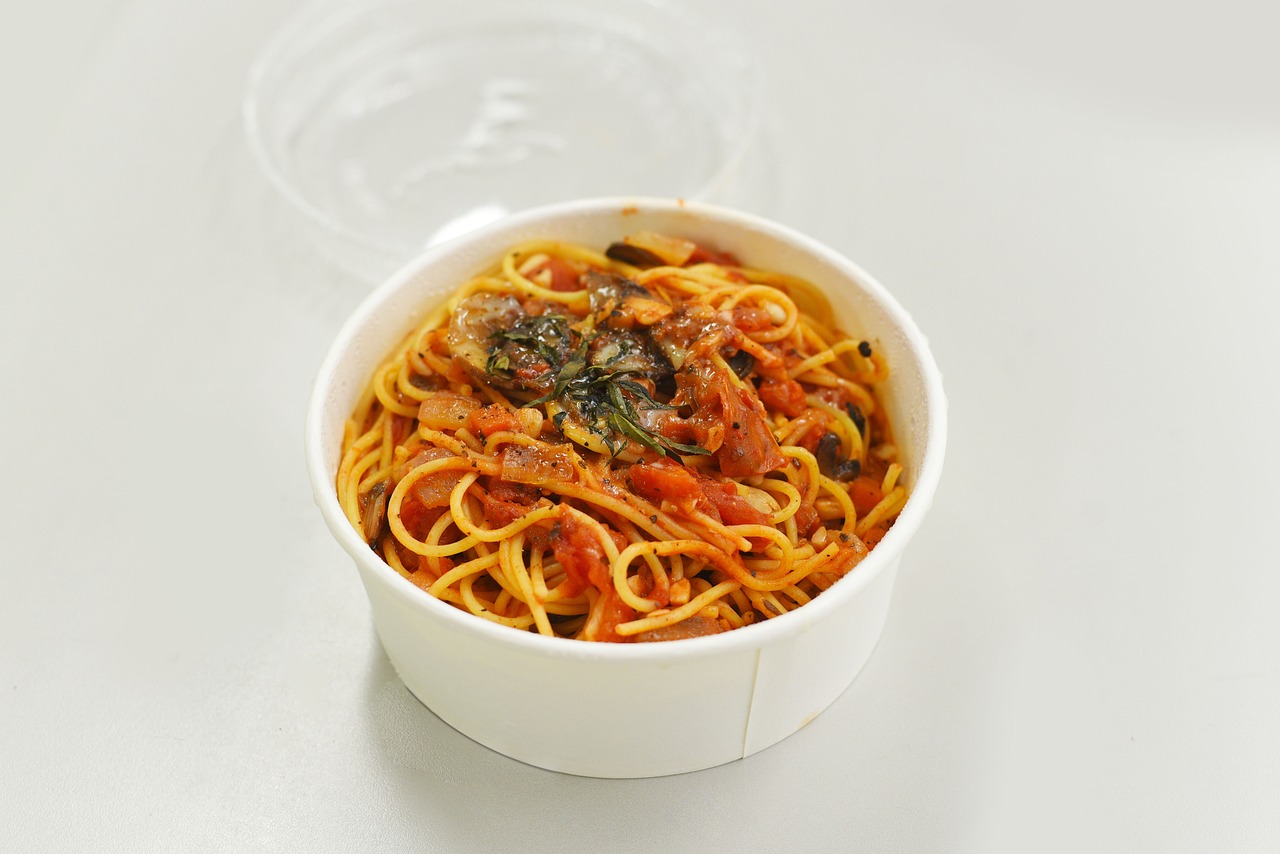
Ingredients for Authentic Spanish Tortilla
When it comes to crafting an authentic Spanish tortilla, the key lies in selecting the finest ingredients that capture the essence of this beloved dish. The foundation of a delicious tortilla starts with the humble potato, which plays a crucial role in defining the texture and flavor profile. Opt for varieties like Yukon Gold or Russet potatoes, known for their creamy texture and ability to hold their shape when cooked.
Equally important in the recipe are the onions, which add depth and sweetness to the dish. The choice of onions can significantly impact the overall taste, so consider using sweet onions for a milder flavor or red onions for a bolder taste. Balancing the flavors of the potatoes and onions is essential to creating a harmonious blend of ingredients in the tortilla.
Of course, no Spanish tortilla would be complete without eggs, the binding agent that brings everything together. Fresh, high-quality eggs are essential for achieving a creamy and rich texture in the final dish. When combined with the sautéed potatoes and onions, the eggs create a luscious filling that sets the foundation for a perfect tortilla.
Lastly, olive oil, a staple in Mediterranean cuisine, is a key component in cooking the Spanish tortilla. Opt for extra virgin olive oil for its robust flavor and health benefits. The olive oil not only adds richness to the dish but also helps achieve a crispy exterior when cooking the tortilla to perfection.

Choosing the Right Potatoes
When it comes to making a delicious Spanish tortilla, choosing the right potatoes is crucial to achieving the perfect texture and flavor. While there are many varieties of potatoes available, not all are suitable for this classic dish. The preferred types of potatoes for Spanish tortilla are Yukon Gold and Russet potatoes. These varieties have the ideal starch content and texture that hold up well during cooking, resulting in a creamy and satisfying tortilla.
Yukon Gold potatoes are known for their buttery flavor and creamy texture, making them a popular choice for Spanish tortilla. Their thin skin and golden flesh contribute to the overall richness of the dish. On the other hand, Russet potatoes, with their high starch content, provide a fluffy and light texture to the tortilla. They absorb the flavors of the onions and eggs, creating a harmonious blend of ingredients in every bite.
When selecting potatoes for your Spanish tortilla, opt for medium-sized ones that are firm and free of blemishes. Avoid using waxy potatoes like red potatoes, as they tend to hold their shape and may not soften enough during cooking. The key is to choose potatoes that will break down slightly when cooked, helping to bind the ingredients together and create a cohesive tortilla.

Importance of Onions in the Recipe
Onions play a crucial role in enhancing the flavor profile of the classic Spanish tortilla. These humble vegetables bring a depth of sweetness and savory notes to the dish, balancing the richness of the potatoes and eggs. The choice of onions, whether sweet, yellow, or red, can significantly impact the overall taste of the tortilla. Sweet onions, such as Vidalia or Walla Walla, provide a milder flavor, while yellow onions offer a robust taste. Red onions, on the other hand, can add a pop of color and a slightly sharper taste to the tortilla.

Step-by-Step Guide to Making Spanish Tortilla
Are you ready to embark on a culinary journey to savor the flavors of Spain? Let's dive into the step-by-step guide to creating the iconic Spanish tortilla right in your kitchen. This traditional dish is a delightful blend of potatoes, onions, eggs, and olive oil, offering a taste of Spanish culture with every bite.
First, gather all the necessary ingredients for your Spanish tortilla adventure. Make sure you have high-quality potatoes, onions, eggs, and olive oil on hand. The key to a perfect tortilla lies in the freshness and quality of these core components.
Start by peeling and slicing the potatoes and onions with care. The thickness of the slices can influence the texture of your tortilla, so aim for uniformity. Heat olive oil in a skillet and sauté the potatoes and onions until they are tender and slightly golden, infusing them with rich flavors.
Next, beat the eggs in a bowl and season them with salt and pepper to taste. Combine the cooked potatoes and onions with the beaten eggs, ensuring that the mixture is well blended. This harmonious union of ingredients is the heart of a delicious Spanish tortilla.
Now, it's time to cook the tortilla to perfection. Pour the mixture into the skillet and let it cook over low heat until the edges start to set. Use a spatula to gently lift and rotate the tortilla, allowing the uncooked eggs to flow to the bottom and cook evenly.
Once the tortilla is mostly set but still slightly runny in the center, it's time for the daring flip. Place a plate over the skillet, invert the tortilla onto the plate, and slide it back into the skillet to cook the other side. This act of culinary acrobatics adds a touch of excitement to the cooking process.
As the tortilla finishes cooking, keep an eye on the heat to ensure a creamy interior and a golden, crispy exterior. The aroma wafting from the skillet will tantalize your senses, signaling that your Spanish tortilla is ready to be served.
Finally, slide the tortilla onto a serving platter and let it rest for a few minutes before slicing into it. The moment of truth arrives as you cut into the tortilla, revealing the layers of potatoes, onions, and eggs bound together in a harmonious medley of flavors.
Pair your Spanish tortilla with a refreshing salad, crusty bread, or a glass of Spanish wine for a complete dining experience. Whether enjoyed warm or at room temperature, this classic dish is sure to delight your taste buds and transport you to the sun-kissed streets of Spain.

Cooking the Potatoes and Onions
When it comes to creating a mouthwatering Spanish tortilla, mastering the art of cooking the potatoes and onions is crucial. This step sets the foundation for the dish's rich flavors and satisfying texture. To begin, it's essential to select the right potatoes for the job. Opt for varieties like Yukon Gold or Russet potatoes, known for their starchy content that helps bind the tortilla together while offering a creamy consistency.
Once you've chosen your potatoes, the next step is preparing the onions. Onions play a vital role in enhancing the overall taste profile of the tortilla, adding a subtle sweetness and depth of flavor. Whether you prefer yellow, white, or red onions, the key lies in caramelizing them to perfection. Sauté the onions until they turn a golden brown color, releasing their natural sugars and creating a savory base for the dish.
When cooking the potatoes and onions together, it's important to achieve the ideal texture and flavor. Sauté the potatoes in olive oil until they are tender and slightly crispy on the edges. Add the caramelized onions to the mix, allowing their flavors to meld with the potatoes for a harmonious blend of savory goodness.
As the potatoes and onions cook, be sure to season them generously with salt and pepper to enhance their flavors. The combination of seasoned potatoes and onions forms the heart of the Spanish tortilla, setting the stage for the final steps in creating this classic dish.

Adding Eggs and Cooking the Tortilla
When it comes to making a Spanish tortilla, adding eggs is a crucial step that brings all the ingredients together. Once the potatoes and onions are cooked to perfection, it's time to incorporate the beaten eggs into the mixture. This step is essential for creating the creamy interior and crispy exterior that are characteristic of a well-made tortilla.
To start, crack the eggs into a bowl and beat them until they are well combined. Then, gently pour the beaten eggs over the sautéed potatoes and onions in the pan. Use a spatula to evenly distribute the eggs, ensuring that they cover the entire surface of the mixture.
As the eggs begin to set, use a spatula to gently lift the edges of the tortilla, allowing the uncooked eggs to flow underneath. This technique helps to create layers within the tortilla and ensures that it cooks evenly. Continue this process until the eggs are mostly set, with just a slight jiggle in the center.
Once the eggs are nearly cooked through, it's time to flip the tortilla to cook the other side. Place a large plate over the pan and carefully invert the tortilla onto the plate. Then, slide the tortilla back into the pan to cook the other side until it is golden brown and fully set.
Cooking the tortilla may require a bit of finesse, especially when it comes to flipping it. Don't worry if it breaks or doesn't come out perfectly round – the taste is what truly matters. Remember, practice makes perfect, and each attempt will bring you closer to mastering the art of making a delicious Spanish tortilla.
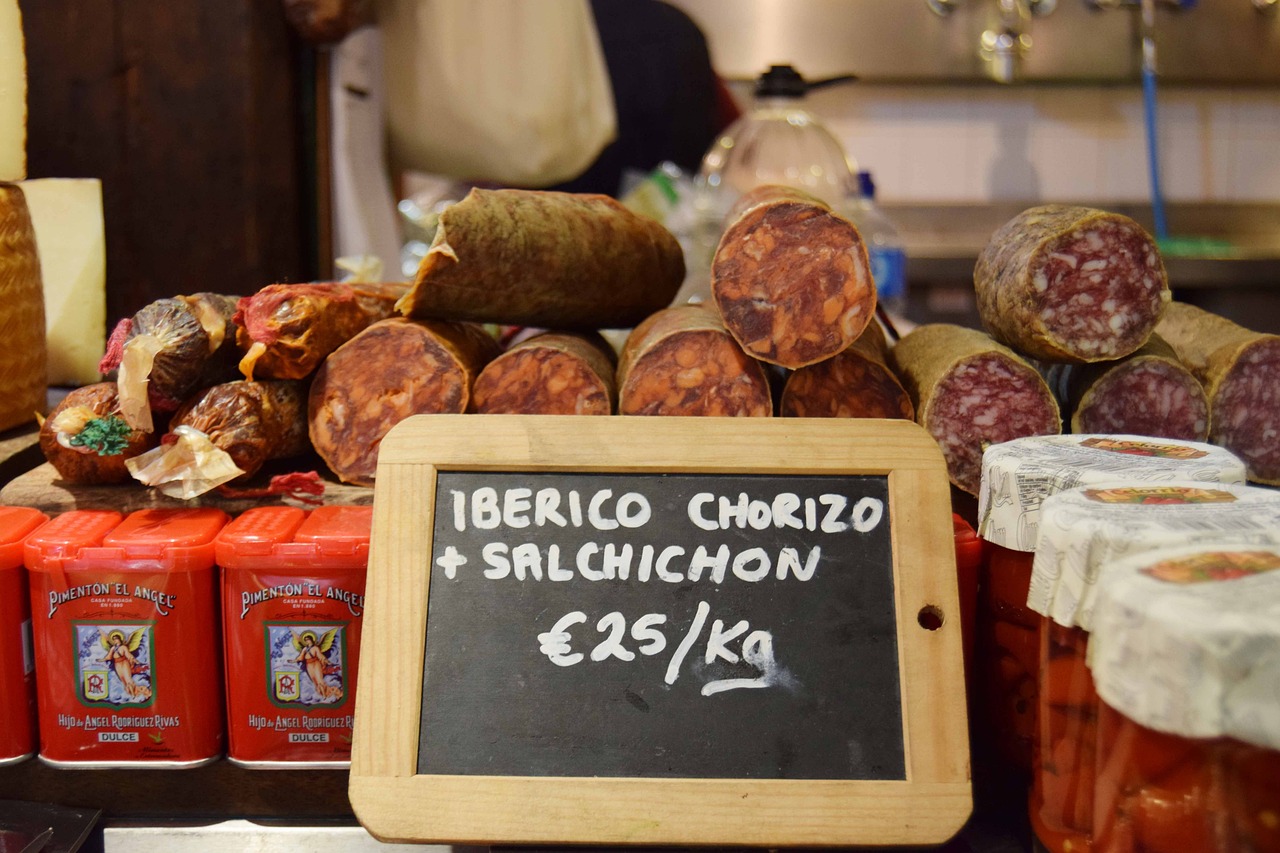
Serving and Enjoying Spanish Tortilla
When it comes to serving and enjoying Spanish tortilla, presentation is key. The traditional way to serve this dish is by cutting it into triangular slices, much like a pie. This not only showcases the layers of potatoes and eggs but also makes it easier for diners to portion out. Additionally, garnishing the tortilla with a sprinkle of fresh parsley or chives adds a pop of color and freshness to the dish.
To elevate your Spanish tortilla experience, consider serving it with a side of aioli or a simple green salad dressed with a tangy vinaigrette. The creamy texture of the tortilla pairs beautifully with the garlicky aioli, while the crispness of the salad provides a refreshing contrast. For a complete Spanish meal, you can also serve the tortilla alongside some crusty bread and a selection of olives and cured meats.
For beverages, a glass of Spanish red wine or a refreshing sangria can be the perfect accompaniment to your Spanish tortilla feast. The fruity notes of the wine or sangria complement the rich flavors of the dish, creating a harmonious dining experience. If you prefer non-alcoholic options, a glass of sparkling water with a splash of lemon or a traditional Spanish horchata can also be delightful choices.
Frequently Asked Questions
- What is a Spanish tortilla?
A Spanish tortilla, also known as tortilla de patatas, is a traditional Spanish dish made with eggs, potatoes, onions, and olive oil. It is a versatile and delicious dish that can be enjoyed as a tapa, snack, or main course.
- Are there any variations of Spanish tortilla?
Yes, there are many regional variations of Spanish tortilla. Some versions include additional ingredients such as bell peppers, chorizo, or mushrooms. Each variation offers a unique twist on the classic recipe.
- Can I make a Spanish tortilla ahead of time?
Absolutely! Spanish tortilla can be made in advance and stored in the refrigerator for a few days. Simply reheat the tortilla in a pan or microwave before serving to enjoy it fresh and delicious.
- What is the best way to serve Spanish tortilla?
Spanish tortilla is typically served at room temperature, making it a perfect dish for picnics, parties, or as part of a tapas spread. You can enjoy it on its own or with a side salad and crusty bread for a complete meal.
- Can I freeze Spanish tortilla?
While it is possible to freeze Spanish tortilla, the texture may change slightly upon thawing. It is best to enjoy the tortilla fresh for the optimal taste and texture.

